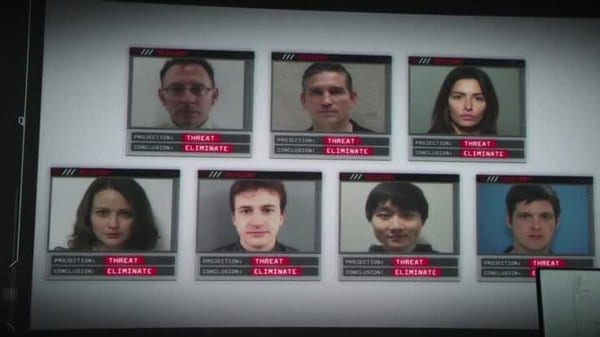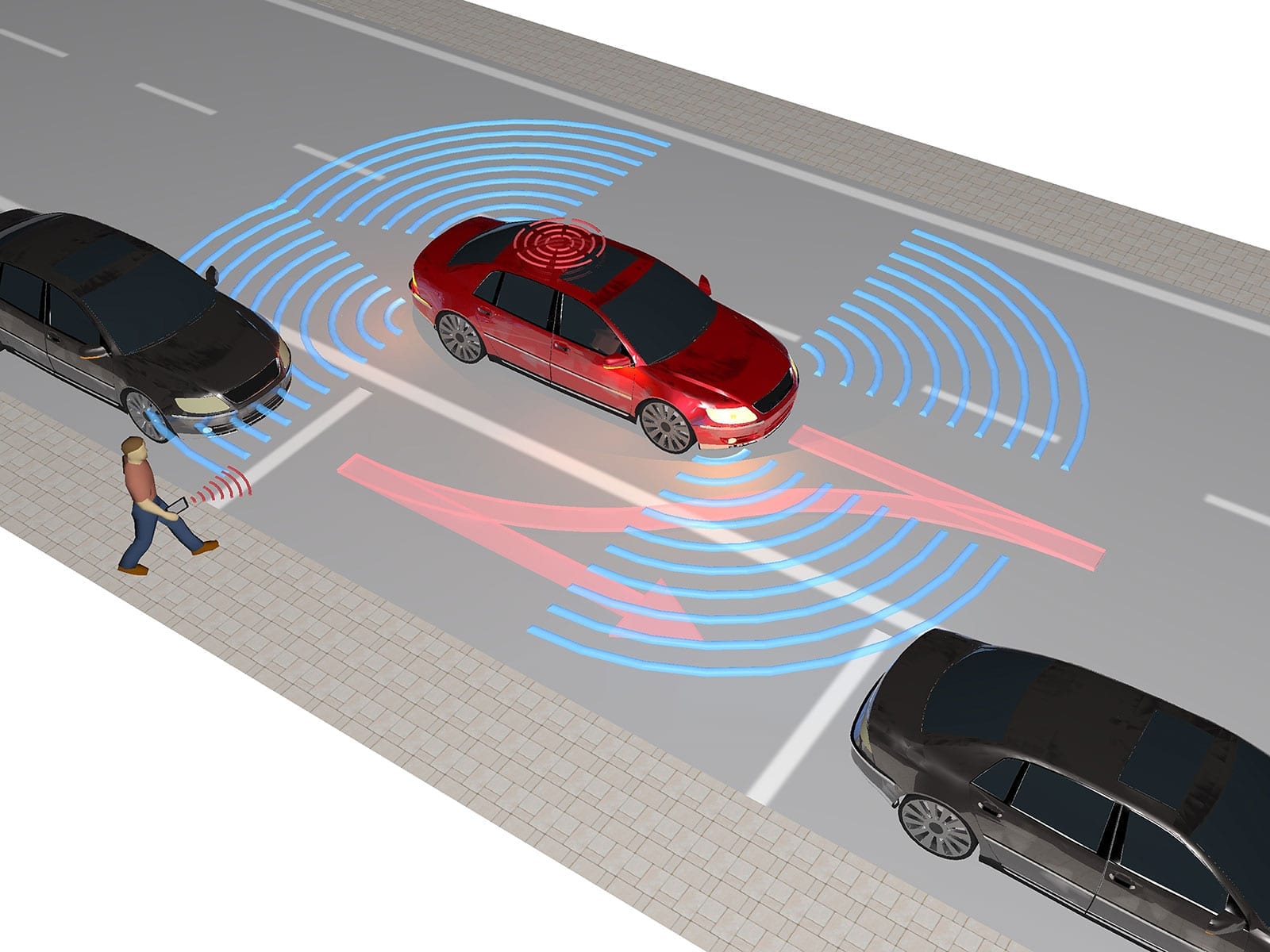
Credit: EasyMile
A new type of driverless shuttle vehicle has been developed thanks to innovative computer vision guidance technology that enables the vehicle to locate itself on a roadway reliably and inexpensively.
The technology, which is based on the use of simple video cameras, was developed by researchers at Institut Pascal (CNRS/Université Blaise Pascal de Clermont Ferrand/IFMA). It lies at the heart of the EZ-10 autonomous shuttle vehicle developed by Ligier Group, which will be unveiled at the Michelin Challenge Bibendum in Chengdu (China) from 11 to 14 November 2014.
Since the 2000s, a number of companies have sought to make cars autonomous using expensive and sometimes unreliable technologies. In 2003, researchers at Institut Pascal decided to work on automated driving of urban electric vehicles using simple video cameras. The technology they developed is based on two stages. The aim of the first stage is to identify all the significant points in the immediate environment of the path followed, in a video recorded during an initial journey in which the vehicle is driven manually.
The second stage corresponds to the automatic mode during which the vehicle continuously monitors its path, ensuring that the images provided by the on-board cameras correspond as far as possible to the sequence initially filmed. The initial video thus plays the role of a virtual track that the vehicle must follow when it travels in autonomous mode.
Since 2006, the researchers at Institut Pascal, in collaboration with Ligier Group, have been developing automatic driverless shuttle vehicles that can transport up to 10 people along short routes (in the region of one kilometer), rather like a horizontal elevator. The vehicles, which are designed to be used at specific sites such as industrial sites, airports and amusement parks, are able to deal with obstacles thanks to laser rangefinders fitted on all four sides of the vehicle. The shuttle vehicle can detect the presence of an obstacle at a distance of 50 meters and in this way modify its speed or even stop, depending on the potential danger. The researchers now intend to turn their attention to running a fleet of five vehicles at the Michelin Europe Technology Center at Ladoux. The aim is to deal with multiple and potentially simultaneous requests from call points or smartphones, in real time and on a large industrial site, rather like an automatic taxi service.
The Latest on: Computer vision guidance technology
[google_news title=”” keyword=”Computer vision guidance technology” num_posts=”10″ blurb_length=”0″ show_thumb=”left”]
via Google News
The Latest on: Computer vision guidance technology
- Best Antivirus Software for 2024on May 4, 2024 at 11:00 pm
Clifford is a managing editor at CNET, where he leads How-To coverage. He spent a handful of years at Peachpit Press, editing books on everything from the first iPhone to Python. He also worked at ...
- Deadly Powassan tick virus confirmed in Sharon, Massachusettson April 26, 2024 at 2:07 pm
TICKS FOR THE FIRST TIME. A CONFIRMED CASE OF POWASSAN VIRUS IN SHARON. EXPERTS SAY THE TICK BORNE DISEASE IS MUCH RARER THAN LYME, BUT IT CAN BE DANGEROUS AND EVEN DEADLY. THE PEOPLE THAT I’VE ...
- Fragments of Bird Flu Virus Found in 1 in 5 Milk Sampleson April 26, 2024 at 1:03 am
Fragments of Bird Flu Virus Found in 1 in 5 Milk Samples By Robin Foster HealthDay Reporter FRIDAY, April 26, 2024 (HealthDay News) -- Bits of bird flu virus have been discovered in roughly 20% of ...
- Christina Applegate reveals she had to wear nappies after contracting nasty virus from saladon April 24, 2024 at 5:14 am
Christina Applegate has opened up about how she was left needing to wear nappies after catching a virus from a bad salad. The Hollywood star detailed the traumatising experience in the latest ...
- Remnants of the bird flu virus have been found in pasteurized milk, the FDA sayson April 23, 2024 at 7:41 pm
The U.S. Food and Drug Administration said Tuesday that samples of pasteurized milk had tested positive for remnants of the bird flu virus that has infected dairy cows. The agency stressed that ...
- Bird flu virus found in grocery milk as officials say supply still safeon April 23, 2024 at 5:10 pm
a finding that does not necessarily suggest a threat to human health but indicates the avian flu virus is more widespread among dairy herds than previously thought, according to two public health ...
- Remnants of bird flu virus found in pasteurized milk, FDA sayson April 23, 2024 at 5:00 pm
The U.S. Food and Drug Administration said Tuesday that samples of pasteurized milk had tested positive for remnants of the bird flu virus that has infected dairy cows. The agency stressed that ...
- Fragments of bird flu virus discovered in milkon April 23, 2024 at 11:55 am
Federal regulators Tuesday said samples of pasteurized milk from around the country had tested positive for inactive remnants of the bird flu virus that has been infecting dairy cows. The viral ...
via Bing News









